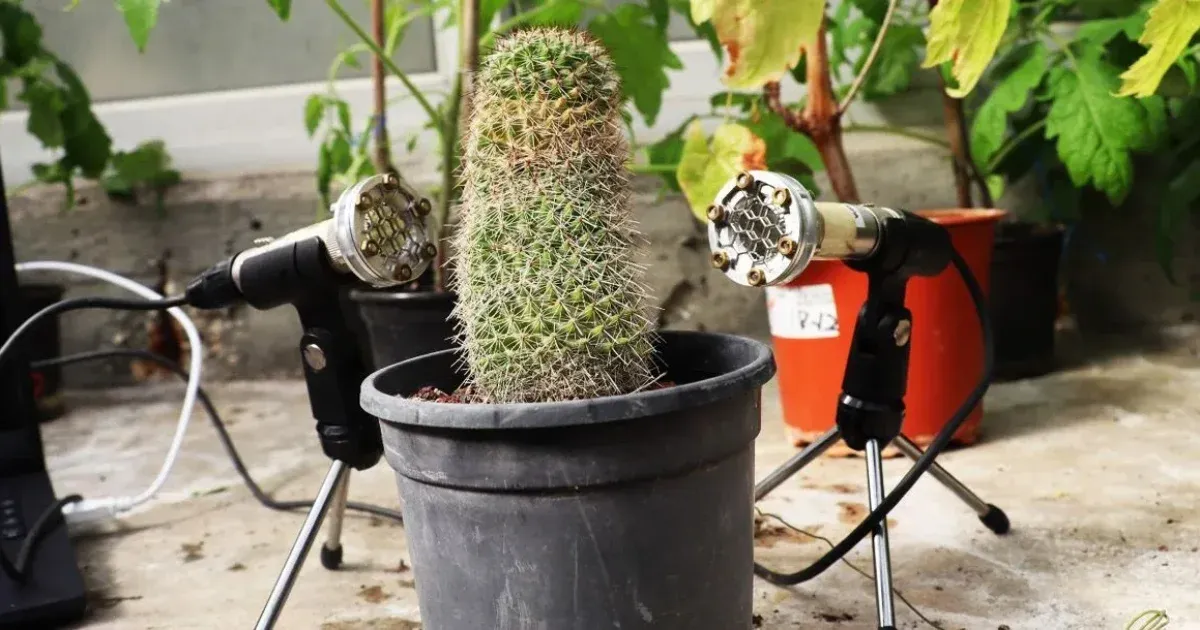Israeli researchers claim that plants can also communicate with sounds. One should not think of the rustling of leaves or the creak of branches, their suggestion based on the fact that they detected a click, a click sonic that could not be detected by the human ear.
It is already known that plants are able to communicate to some extent, for example by releasing chemicals in emergency situations, by changing the color of their leaves, but there have been no studies on how they talk to each other.
Researchers at Tel Aviv University In their article published in Cell But now they not only write that they recognize the “words” of the plants, they also claim that different species speak different “languages” and were able to record these airborne sounds.
Researchers claim that plants have a popcorn-like sound. Its volume is similar to human speech, but its frequency is so high that it is outside the range of human hearing.
According to one of the study’s authors, Professor Lilac Hadani, they put an end to a very old scientific debate by proving that plants make sounds.
“Our results indicate that the world around us is full of plant sounds, and these sounds carry information, such as lack of water or damage. We hypothesize that the sounds emitted by plants in nature are perceived by organisms that live nearby, such as bats, rodents, various insects, and possibly other plants, that You hear high frequencies and get relevant information from them.” The Times of Israel quoted one of the study’s authors.
Hadani also made a statement that seemed bold at first. According to him, with the help of sensors, people can also translate sounds, so that they can know when, for example, plants need watering or watering. Of course, it may not be so simple, who knows what kind of confusion can reign in a field of flowers or a garden made up of so many species.
The researchers used tomatoes and tobacco in their experiments, and also tried to record their sounds when they caused them to become dehydrated or cut their stems. The experiment was performed in both an acoustic chamber and a noisy greenhouse.
Hadani said plants make sounds with a frequency of 40-80 kilohertz, stress-free sounds an average of once an hour, while infected and dehydrated ones make dozens of sounds an hour.
The researchers also examined other plants, recording the sounds of wheat, corn, Cabernet Sauvignon grapes, cacti, and mustangs. It is hypothesized that plants make sounds when air bubbles form in the xylem, the transport tissue in their stems. These bubbles expand or collapse.
As mentioned, humans cannot hear these sounds, but researchers believe that several types of insects and mammals, such as moths and mice, can hear the word plant from a distance of several meters.
This all sounds very good, but the study authors themselves see weaknesses in the theory. Hadani said sounds can be part of a form of communication, but they can also be side effects of some physiological processes. If we start from humans, we wouldn’t even call the sounds coming from conscious communication the digestive system. It could easily be the same with plants.
Hadani is confident that their hypothesis holds, as a plant can likely make a sound faster than it can select certain organic compounds for a message.












































